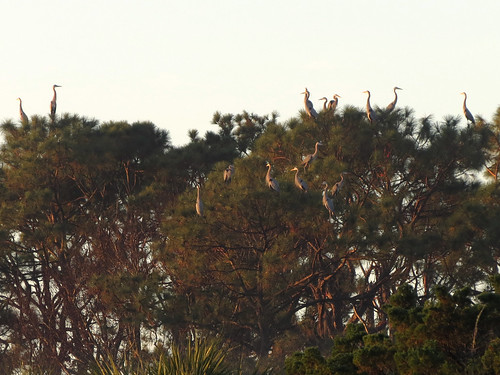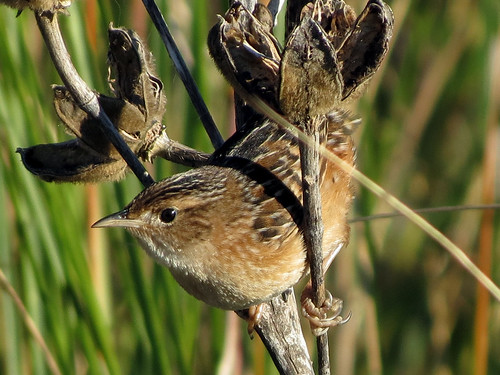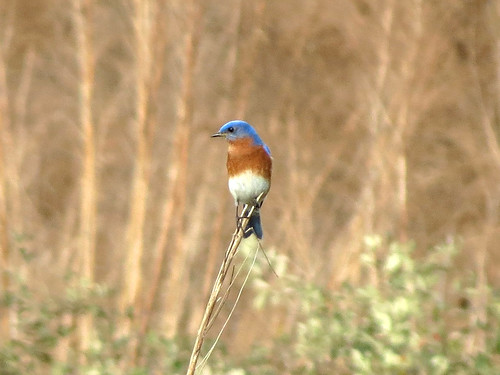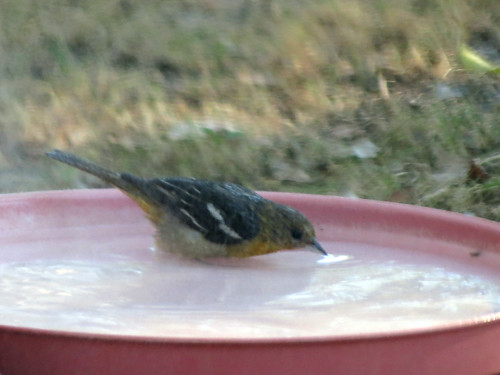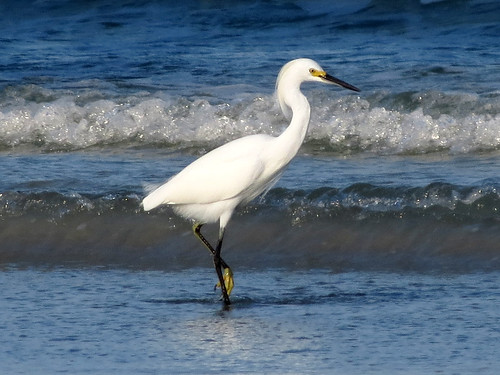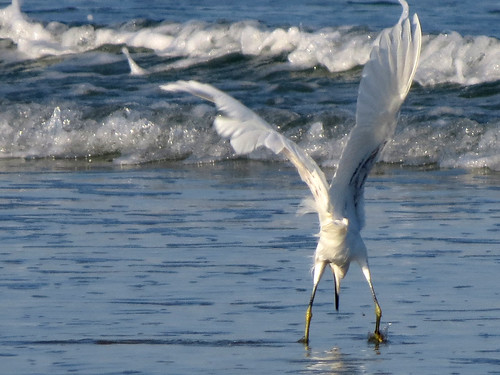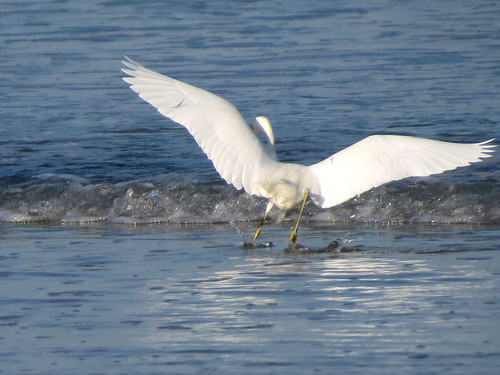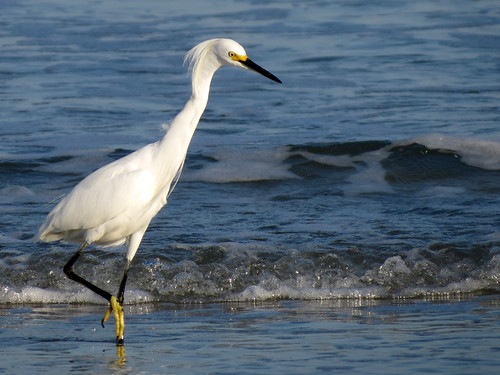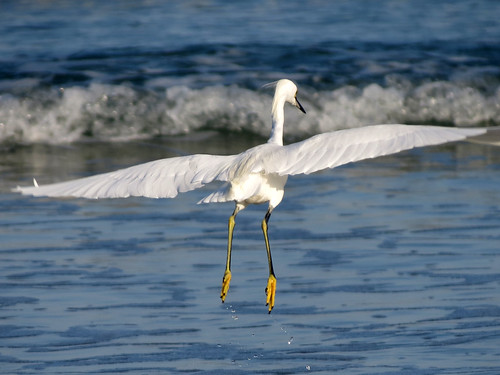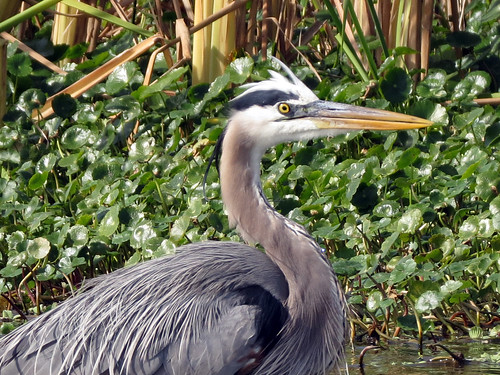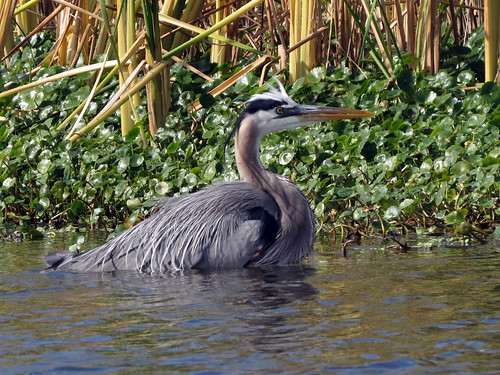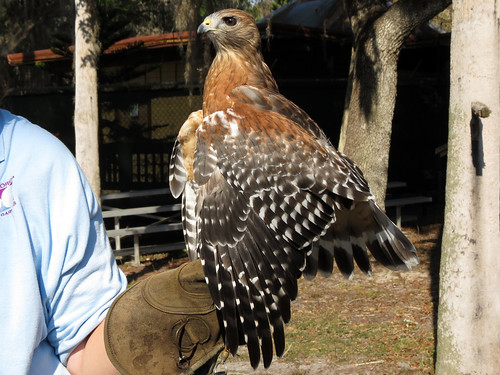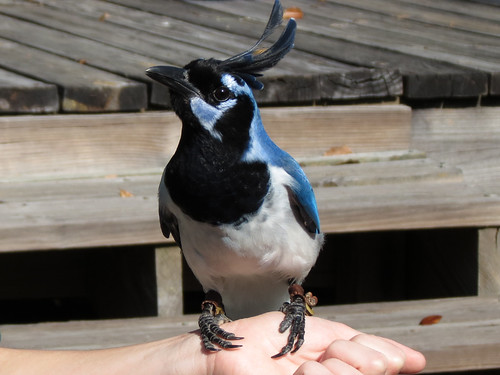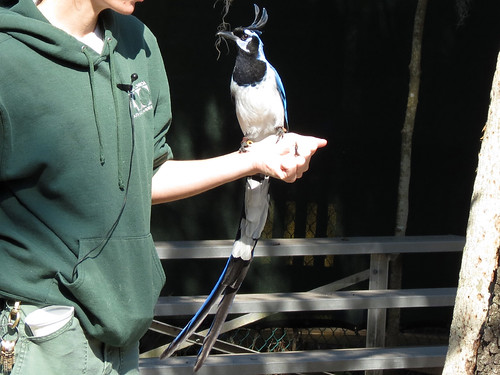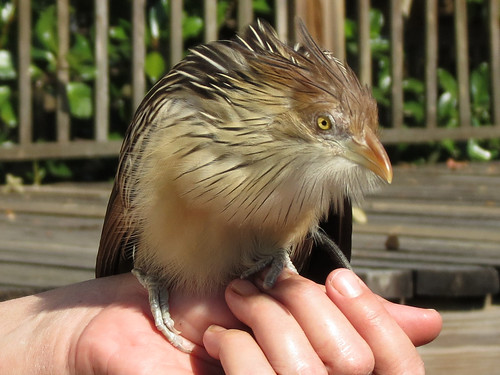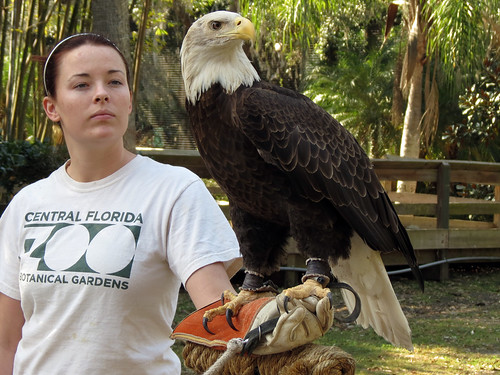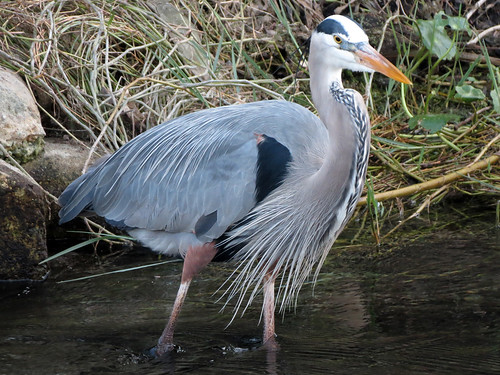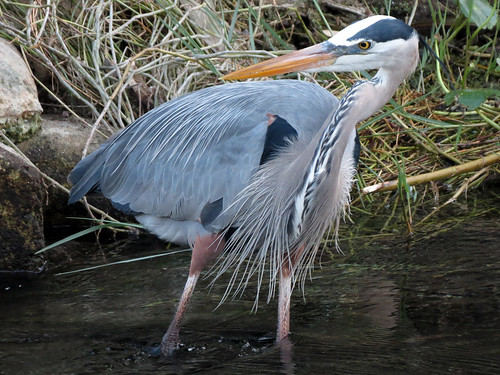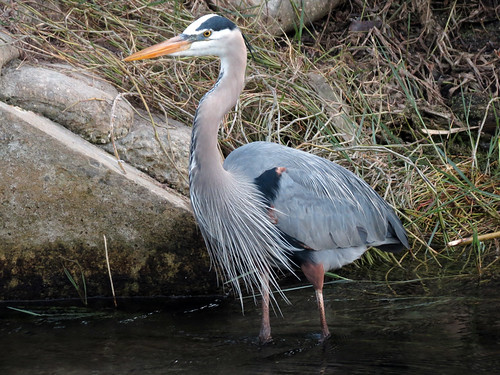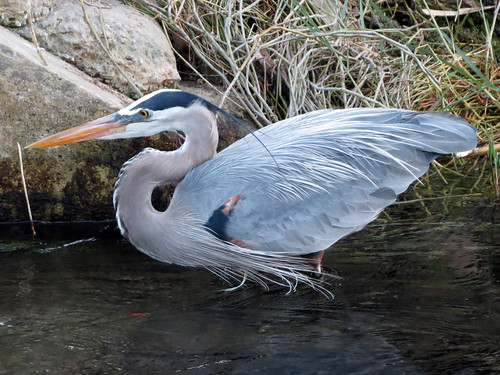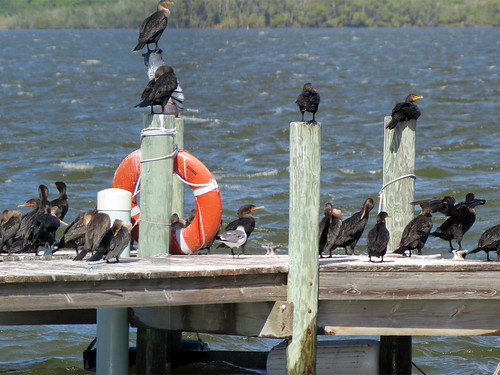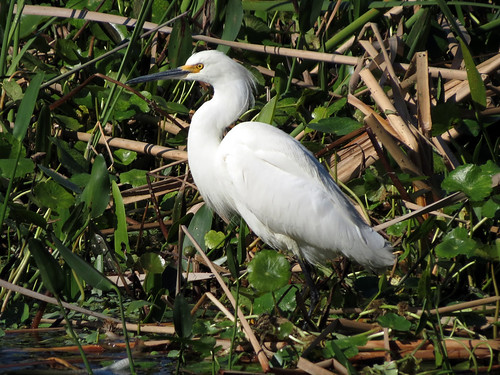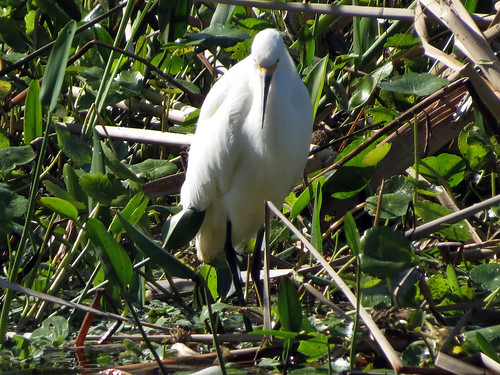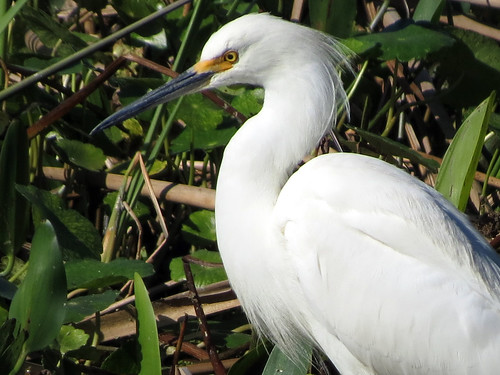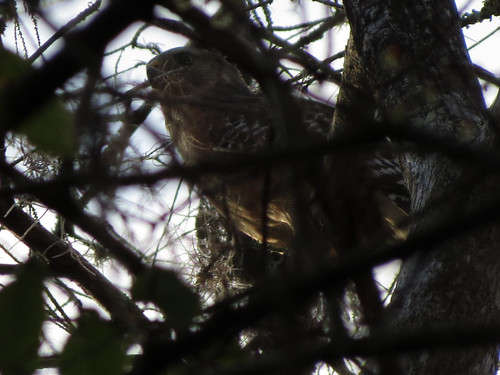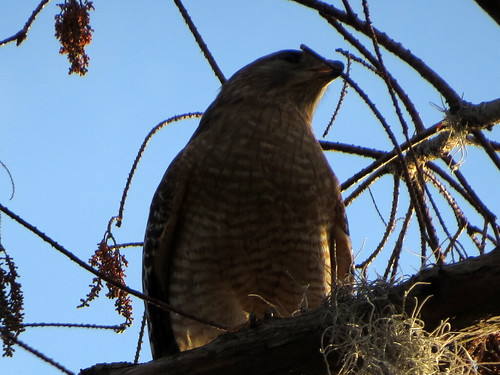In December I added another 12 species to my Gemini Springs list, including Glossy Ibis, Wood Stork, American Bittern, Tree Swallow, and my favorite, Barred Owl. I hope to get photos of Barred Owls in the coming months, but I’ve had such bad luck with this species I won’t hold my breath. My total species count for the year (July to December) was 76 species. Here are some of my favorite photos from December.
I like to bird my patch on the first day of the month if possible, and on December 1st I birded a new part of the park I hadn’t visited before (“warbler alley”). This corridor along the DeBary Bayou was so busy with warblers and other passerines that I went back on December 2nd with Arthur. I added most of the 12 new birds in those two days.
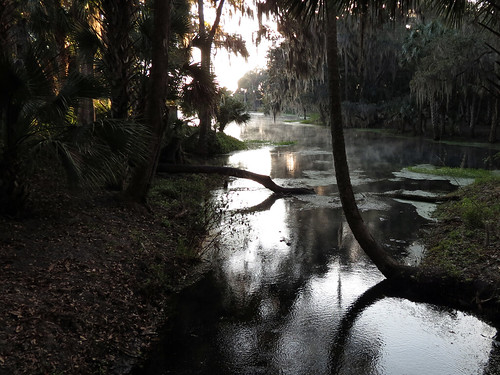
steamy morning; December 1 2011
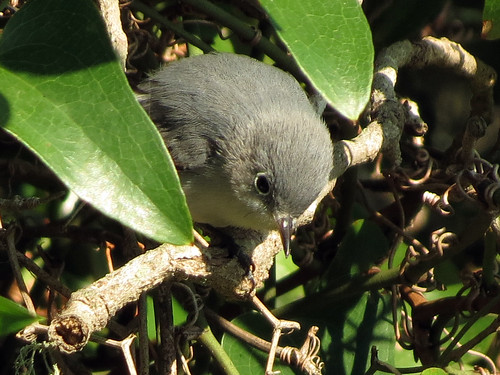
Blue-gray Gnatcatcher in “warbler alley”; December 1 2011
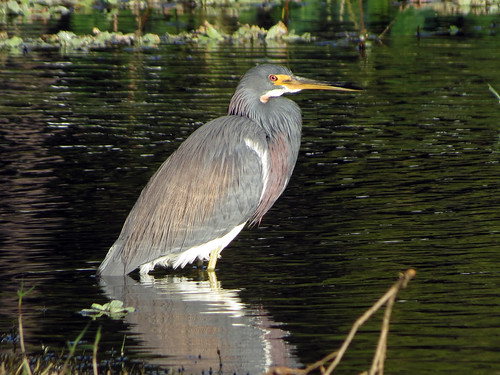
Tricolored Heron; December 1 2011
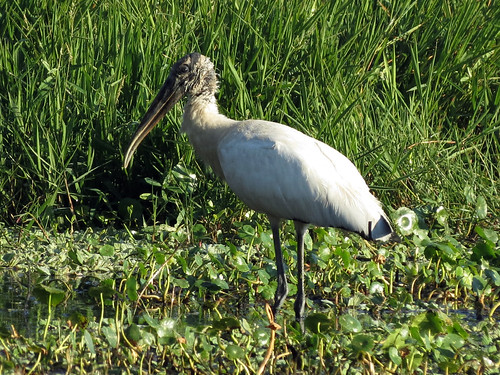
Wood Stork; December 1 2011
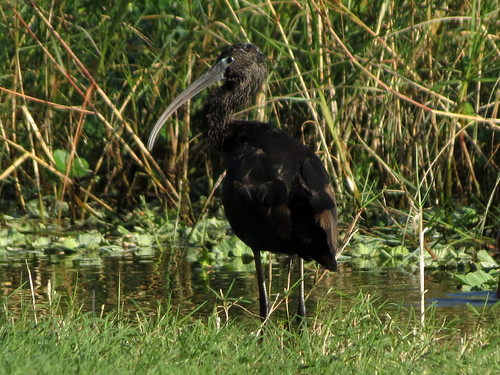
Glossy Ibis; December 2 2011
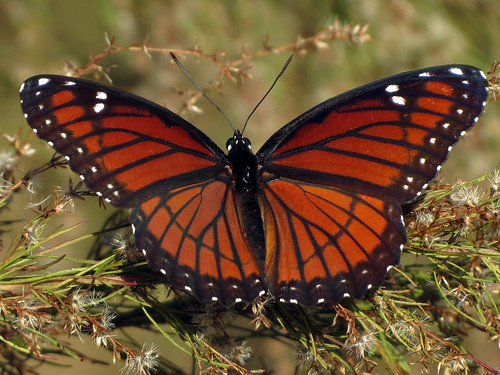
Viceroy; December 2 2011

Red-shouldered Hawk; December 8 2011
Later in the month I noticed resident birds showing more flocking behavior. I saw large groups of White Ibis instead of the usual pair or single bird. Boat-tailed Grackles were acting even more gregarious than usual. And an enormous flock of Tree Swallows arrived to strip the bayou of all insects – they have their work cut out for them. On December 19th I was getting into position to photograph a Tricolored Heron and accidentally flushed the second-best bird of the month, an American Bittern. It landed across a small stretch of the bayou and Arthur and I got very good looks at this great patch bird.
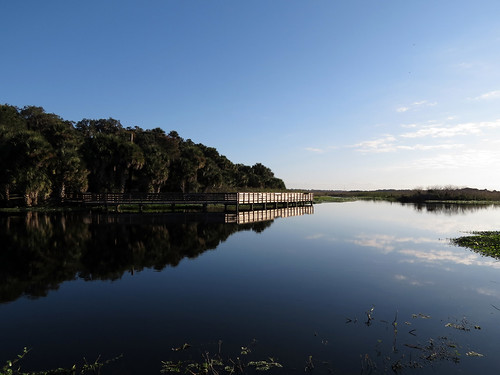
calm morning; December 19 2011

Tree Swallows; December 19 2011
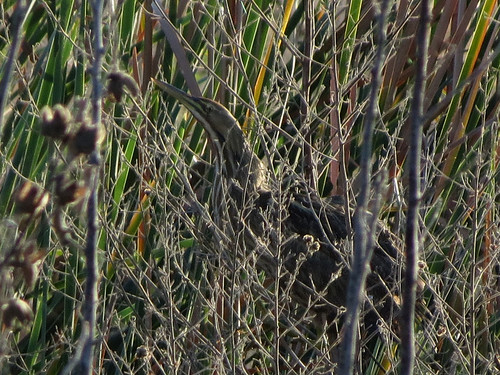
American Bittern; December 19 2011
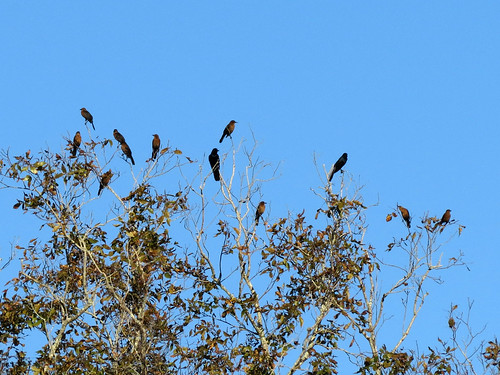
Boat-tailed Grackle – 5 girls for every boy; December 19 2011
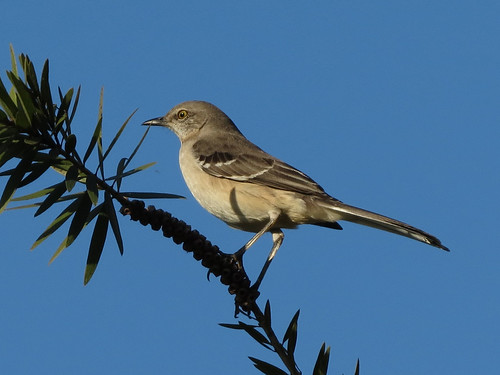
Northern Mockingbird; December 19 2011
Towards the end of the month a marshy area at the end of “warbler alley” dried out and I could explore the path further, where I was delighted to find a beautiful old Live Oak with lots of character. The path leads out to a spot on the Spring-to-spring Trail where one of the adult Bald Eagles is nearly always hanging out.
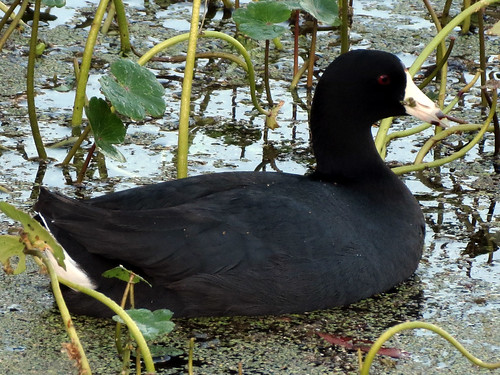
American Coot; December 23 2011
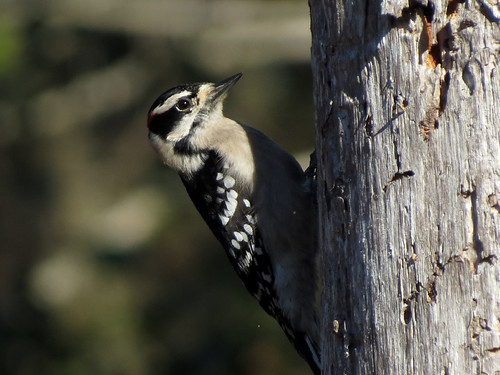
Downy Woodpecker; December 23 2011
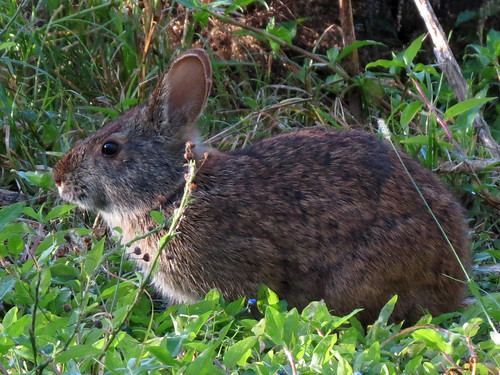
Marsh Rabbit; December 23 2011

Bald Eagle; December 28 2011
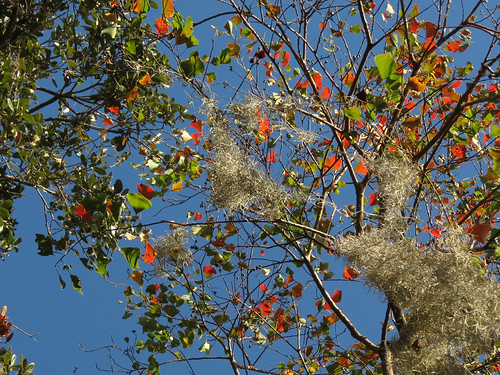
colors; December 28 2011

Live Oak; December 30 2011
Share the birds, share the love!


